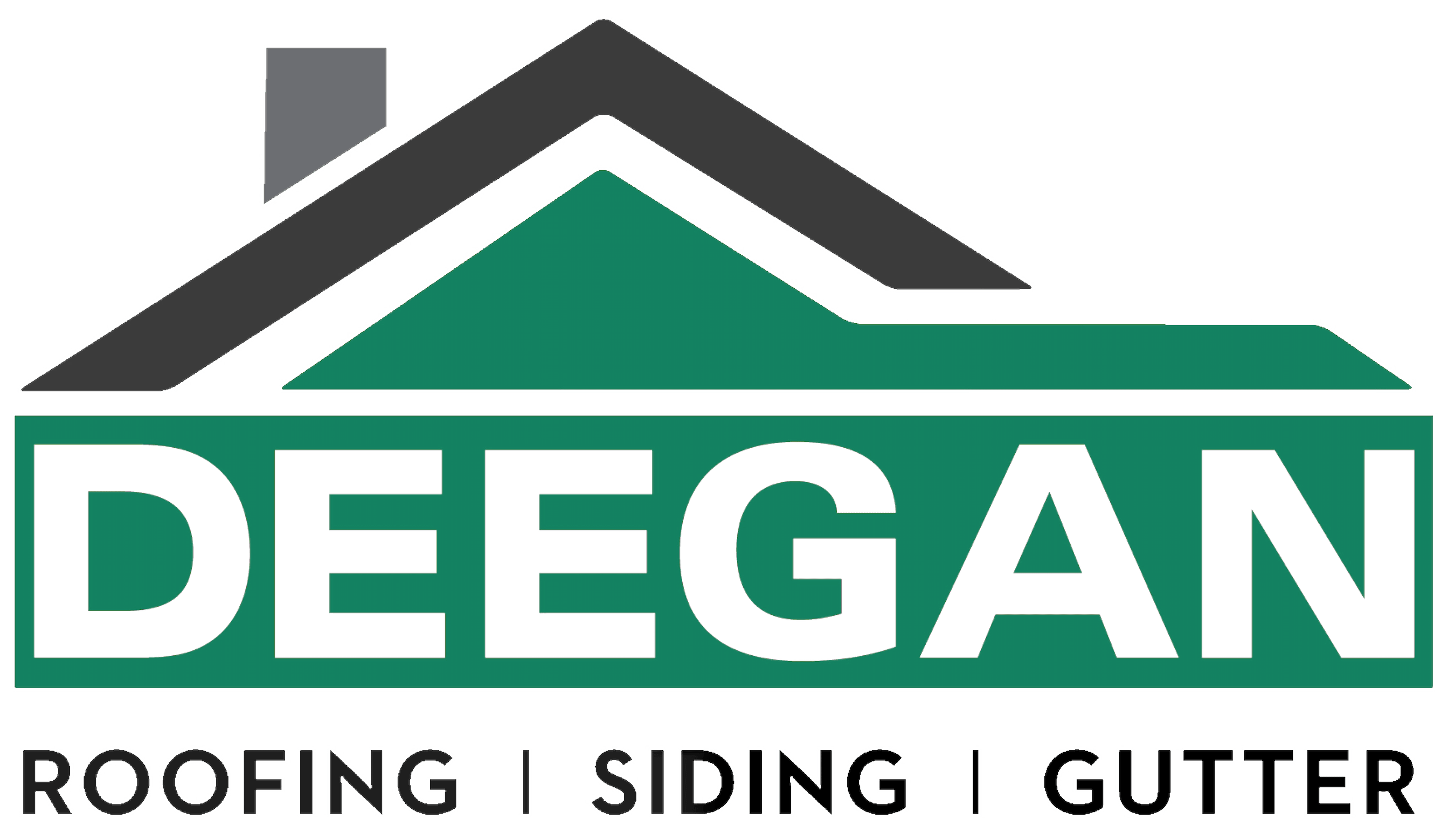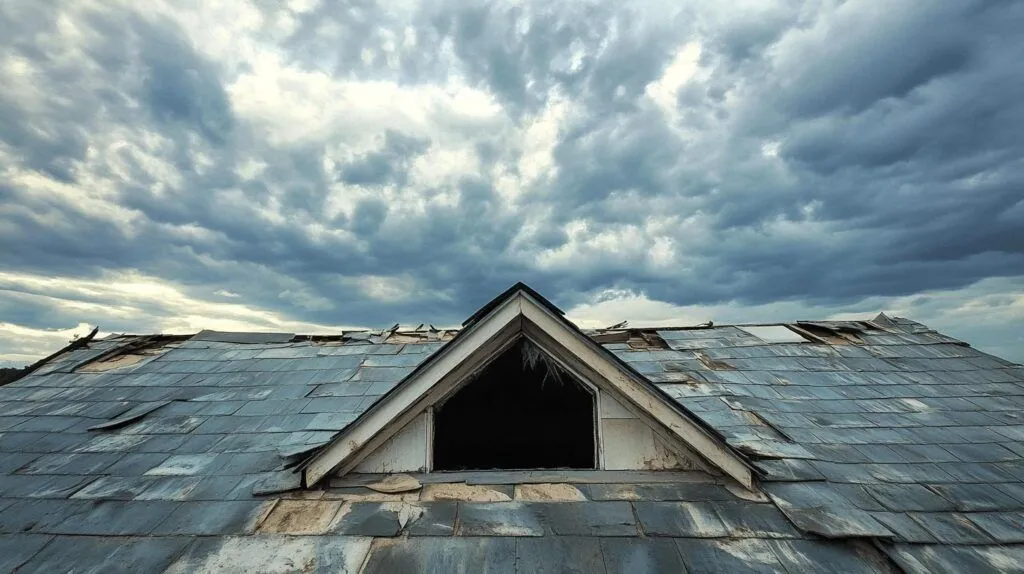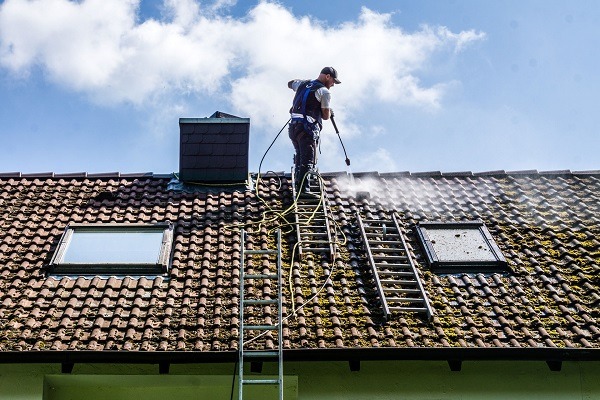When most homeowners think about their roof, they picture protection from the rain, snow, and storms. While this is absolutely true, there is another critical function of your roof that often goes overlooked—energy efficiency. Poor roofing doesn’t just expose your home to the weather; it quietly undermines your home’s insulation and drives up your cooling costs every summer.
As outdoor temperatures rise, a roof in poor condition can trap heat, degrade insulation, and force your air conditioning system to work overtime. Over time, this leads to higher utility bills, greater wear and tear on your HVAC equipment, and reduced comfort in your living spaces. Unfortunately, these problems often remain hidden until they’ve already caused significant energy loss.
Poor roofing is more common than many people think. Small leaks, damaged shingles, blocked vents, or even outdated roofing materials can all contribute to rising energy costs. Many homeowners in New Jersey face higher cooling bills every summer simply because their roof isn’t performing as it should. In this guide, we’ll explore how poor roofing affects insulation, why it increases cooling costs, and what you can do to protect your home. If you want to reduce your energy bills and maintain a comfortable indoor environment, understanding your roof’s role is essential. Let’s dive in and uncover how a poorly performing roof may be costing you more than you think.
The Roof-Insulation Connection: How They Work Together
A well-maintained roof and quality attic insulation function as a unified system that stabilizes indoor temperatures. Your roof acts as the first barrier to sunlight and heat, while insulation resists heat transfer into your living areas. When this partnership works effectively, your home stays cooler in summer and warmer in winter.
However, poor roofing can break this synergy. Missing shingles, damaged underlayment, or poor flashing allows excess heat and moisture to enter the attic. This disrupts the insulation’s ability to perform. Once the insulation becomes compromised—either by compression, dampness, or heat saturation—its resistance value (R-value) plummets. As a result, heat seeps into your home, making your cooling system work harder to maintain a stable temperature.
What makes matters worse is that poor roofing allows radiant heat from the sun to penetrate the roof deck more quickly. This added heat load overwhelms attic insulation, even if it was properly installed when new. Without an effective roofing barrier in place, insulation alone cannot block all the thermal transfer happening during the peak of summer. This forces your home’s cooling system to work overtime just to maintain livable conditions indoors.
How Poor Roofing Leads to Higher Cooling Costs
When your roof is in disrepair, you’ll feel the impact through higher utility bills, especially during summer months. One major contributor is heat buildup. Poor ventilation or damaged shingles cause your attic to trap hot air, turning it into a heat reservoir. This heat radiates downward, raising temperatures in your upper floors and forcing your air conditioner to run longer cycles.
Additionally, moisture intrusion from roof leaks degrades insulation performance. Wet or compacted insulation loses its ability to resist heat transfer, meaning your cooling system must work harder to offset the incoming heat. Even minor leaks or gaps in roofing can lead to significant energy loss when left unaddressed. The result? Escalating energy bills and diminished indoor comfort.
.
Furthermore, poor roofing can lead to something known as “thermal bridging,” where gaps or degraded materials in the roof structure create direct pathways for heat to transfer into the home. This adds another layer of energy inefficiency, as even the best-performing HVAC system can’t fully counteract this type of constant heat gain. Over time, this cycle causes energy usage to spiral higher, month after month.
The Hidden Impact of Poor Roofing on Indoor Comfort
Beyond energy bills, poor roofing can also reduce your family’s overall comfort. Uneven temperatures, hot spots, and stuffy upstairs rooms often signal roofing problems that are affecting insulation. When your roof allows excessive heat into the attic, cooling systems struggle to keep all rooms at a consistent temperature.
This often leads homeowners to overcool certain zones or adjust thermostat settings unnecessarily, which wastes additional energy. Over time, occupants may also notice musty smells, higher indoor humidity, or inconsistent airflow—symptoms commonly linked to roofing and ventilation issues. Addressing these problems not only lowers cooling costs but also restores comfort throughout your living spaces.
You might also notice increased dust or allergens indoors when poor roofing introduces moisture that disrupts the balance of your home’s indoor air. Rooms near the attic may stay uncomfortably hot, while downstairs rooms feel colder. Without addressing the roofing issues, these comfort problems will only worsen over time, affecting your overall quality of life at home.
Why Attic Ventilation Is Critical to Energy Efficiency
Attic ventilation plays a major role in your roof’s energy performance. When vents become blocked, damaged, or improperly installed, hot air becomes trapped in the attic. This trapped heat then radiates downward, creating an excessive heat load for your insulation and HVAC system.
Poor roofing often goes hand-in-hand with poor ventilation. Missing ridge vents, clogged soffits, or deteriorated gable vents all reduce airflow and increase attic temperatures. During summer, attic temperatures can exceed 150°F if ventilation fails, leading to severe energy loss. Improving attic airflow restores balance, reduces indoor heat gain, and helps insulation maintain its intended performance.
Poor ventilation also encourages moisture accumulation inside the attic, which can lead to condensation and eventual mold growth. Once mold takes hold in attic spaces, it can spread quickly through insulation and wood framing, compounding energy loss and creating health hazards for your family. Proper roofing must always include optimized ventilation to avoid these costly and damaging outcomes.
How Roof Leaks Damage Insulation
Roof leaks are one of the most damaging consequences of poor roofing—and their effects often go unseen. Water that enters through cracked shingles or compromised flashing can soak attic insulation. Once insulation becomes wet, it loses its R-value permanently and may even foster mold growth.
Moisture damage also spreads silently. Wet insulation compresses under its own weight, leaving large gaps where heat transfer occurs. Homeowners may notice this as unexplained temperature swings, higher energy use, or sudden cooling system strain. Fixing leaks early and keeping insulation dry is key to protecting both your roof and your energy efficiency.
In addition, when water soaks into roof decking or attic framing, it can warp wood surfaces and shift insulation batts out of alignment. This creates even larger gaps where heat can flow freely into the living space below. These compounded problems further increase the energy required to cool your home—and they can lead to costly structural repairs if left unaddressed.
The Role of Roof Color and Reflectivity
Roof color also affects how much solar heat your home absorbs. Darker roofs, common in many older homes, retain more heat and transfer it into the attic space. Over time, this drives up cooling demands and taxes insulation performance. Newer roofing materials offer reflective coatings or lighter colors that reduce solar heat gain and enhance cooling efficiency.
Poor roofing with faded or worn shingles often loses reflectivity, compounding heat absorption. During a roof replacement, choosing energy-efficient materials can dramatically lower your cooling costs. Your contractor can help recommend the best options for New Jersey’s climate and your specific home style.
Selecting roofing with modern “cool roof” technology can also deliver significant benefits. These advanced shingles or metal panels reflect infrared energy away from your home, keeping attic temperatures lower even during the hottest summer days. Investing in this kind of roofing upgrade helps lock in energy savings for years to come.
Signs That Poor Roofing Is Costing You
How can you tell if poor roofing is contributing to high cooling costs? Watch for these signs: unexplained increases in energy bills, especially in summer; rooms that feel hotter than others; persistent attic heat even after sunset; and visible roofing damage like missing shingles, sagging decking, or signs of leaks.
Additionally, check your attic for damp insulation, mold, or poor ventilation. If you spot these warning signs, schedule a professional roofing inspection. Identifying problems early prevents energy loss and protects your home from further damage.
Pay attention to changes in your cooling system’s performance, too. If you notice that your air conditioner runs longer than it used to, or if your indoor humidity seems harder to control, poor roofing could be the hidden cause. Don’t ignore these subtle clues—they could be costing you far more in energy expenses than you realize.
How Roof Repairs or Replacement Improve Efficiency
Investing in professional roof repairs or replacement can significantly restore your home’s energy performance. Repairing leaks, replacing missing shingles, and upgrading attic ventilation helps your insulation function properly again. By stopping heat and moisture intrusion, your home stays cooler with less strain on your HVAC system.
A new roof also provides an opportunity to install reflective materials or advanced ventilation systems designed for optimal energy efficiency. Many homeowners notice immediate improvements in comfort and lower utility bills after addressing roofing issues. Working with an experienced contractor ensures your new roof enhances—not diminishes—your home’s insulation and cooling performance.
.
When paired with a professional attic insulation upgrade, a properly installed roof can reduce energy waste even further. This comprehensive approach ensures all components of your home’s thermal envelope work together—creating a more comfortable, efficient living space and delivering lasting savings on your energy bills.
Why Choose Deegan Roofing to Improve Energy Efficiency?
When it comes to protecting your home from poor roofing and rising cooling costs, Deegan Roofing offers the expertise you can trust. Our team understands the complex relationship between roofing, insulation, and energy efficiency. We don’t just repair visible damage—we take a systems-based approach that addresses ventilation, moisture control, and overall roofing performance.
Deegan Roofing uses industry-best materials and proven techniques to optimize your home’s comfort and efficiency. Whether you need an inspection, targeted repairs, or a full roof replacement, we’ll recommend solutions tailored to your home’s unique needs. We stand behind our work with strong warranties and a commitment to customer satisfaction.
Our experienced roofing professionals will also guide you in selecting the best materials for energy efficiency, ensuring your investment delivers both comfort and savings. When you partner with Deegan Roofing, you gain peace of mind knowing your roof will protect your home while helping you maintain lower utility costs for years to come.
Final Thoughts: Don’t Let Poor Roofing Undermine Your Home
Poor roofing can quietly drain your home’s efficiency, driving up cooling costs and reducing indoor comfort. By understanding how your roof impacts insulation and HVAC performance, you can take proactive steps to protect your investment and lower your energy bills.
Addressing roofing issues early—through professional inspection, maintenance, or replacement—pays off in both comfort and cost savings. Don’t wait until high summer utility bills force your hand. Partner with Deegan Roofing to restore your roof’s performance and enjoy a cooler, more efficient home year-round.
Taking action today means you’ll benefit not only from improved cooling efficiency, but also from a more durable, weather-resistant roof that stands up to New Jersey’s challenging climate. A properly maintained roof protects your family’s comfort while saving you money season after season.
Ready to Improve Your Roof’s Energy Performance? Contact Deegan Roofing Today!
Deegan Roofing proudly serves Northern and Central New Jersey with expert roofing services. If you suspect poor roofing is affecting your insulation and cooling costs, contact us today. We’ll perform a thorough inspection and recommend solutions to restore your home’s energy efficiency.
Contact Us Today
📞 Phone: (908) 322-6405
✉️ Email: info@deeganroofing.com
📍 Address: 61 Terrill Rd, Scotch Plains, NJ 07076
🌐 Website: www.deeganroofing.com
🛠️ Serving: New Jersey and surrounding areas
Related Posts:
- What Makes a Roof Energy-Efficient?
- Cool Metal Roofing: How Energy Efficient Roofs Bring Savings
- Spring Roof Inspection Checklist for NJ Homeowners
Podcast: Play in new window | Download



